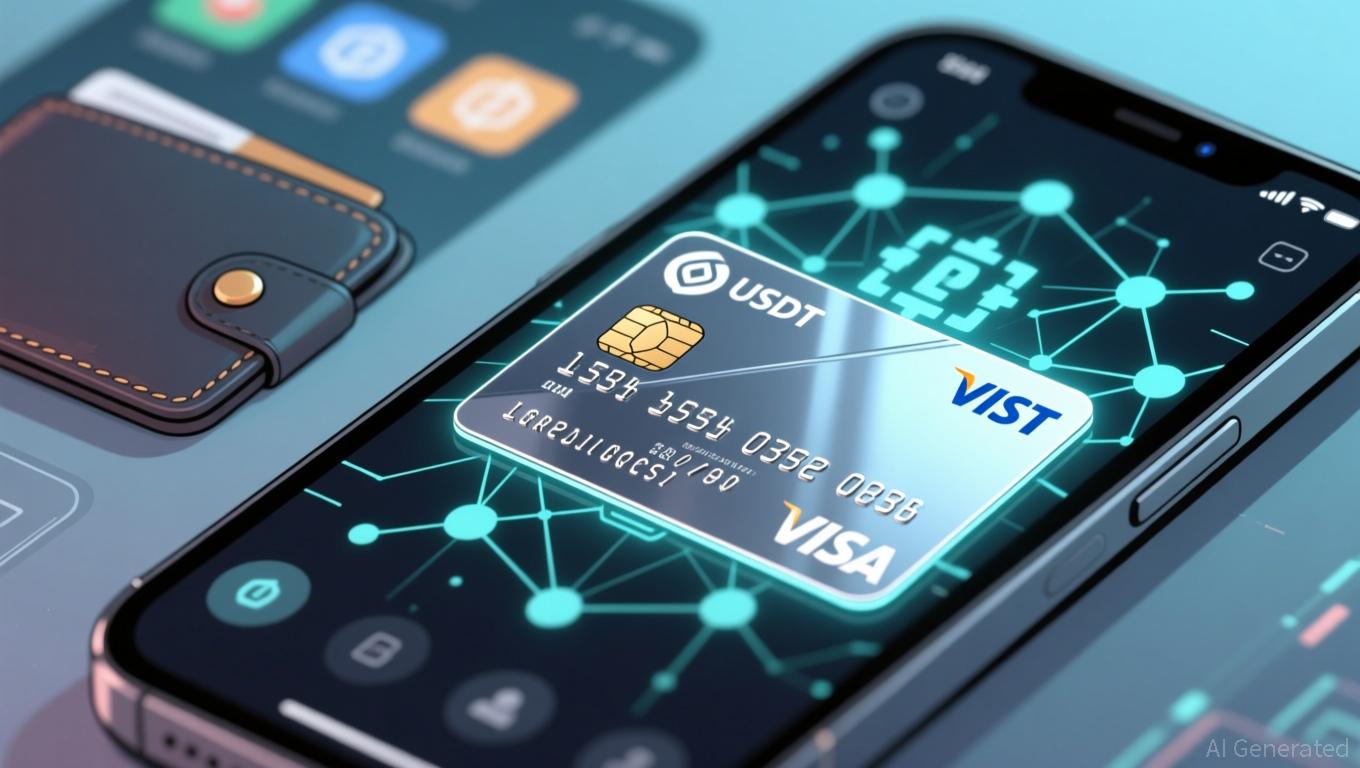Just as in conventional financial markets, the world of cryptocurrencies features its own ranking of assets. Sitting at the very peak is Bitcoin ( BTC 3.20%), often dubbed digital gold. Over the last ten years, Bitcoin has achieved widespread public awareness and has been embraced by major institutions, solidifying its position as the leading cryptocurrency.
Unsurprisingly, Bitcoin’s ascent has sparked interest among investors searching for the next major success story. One digital currency that frequently ignites discussion is Dogecoin ( DOGE 6.87%).
Similar to Bitcoin’s early phase, Dogecoin’s price remains well below one dollar. For many individual investors, this seemingly “cheap” price point suggests there could be significant room for growth—the hope being that Dogecoin might one day mirror Bitcoin’s path and deliver massive gains.
This leads to a key question: Is it possible for Dogecoin to realistically become the next Bitcoin?

Image source: Getty Images.
To find out, let’s break down the core features of both coins and see what distinguishes Bitcoin—then consider if Dogecoin can compete.
Bitcoin's advantage: Scarcity, adoption, and high-profile status
Bitcoin was fundamentally created to enable commerce outside the control of central banks and government authorities.
What makes Bitcoin truly distinctive is its maximum supply of 21 million coins. Unlike traditional currencies, which can be produced without limit, Bitcoin’s scarcity is similar to that of rare collectibles or precious metals. This limited supply has led many to view Bitcoin not just as a groundbreaking payment system, but also as a store of value and a safeguard against inflation.
In addition to its scarcity, Bitcoin has earned significant trust from major institutions. Prominent investors such as Ark Invest CEO Cathie Wood have publicly endorsed it, and companies like GameStop and Strategy (previously MicroStrategy) have incorporated Bitcoin into their corporate reserves—demonstrating its increasing importance in business finance.
On the financial front, industry leaders like BlackRock now provide spot Bitcoin ETFs, making it easier than ever for a wide range of investors to access the world’s top cryptocurrency through familiar investment products.
What is Dogecoin?
Dogecoin, in contrast to Bitcoin’s serious beginnings, was created as a joke. Its founders wanted to capitalize on the early altcoin trend and chose a Shiba Inu dog as a playful mascot. However, what began as a parody quickly exploded into a viral phenomenon online.
Throughout its history, Dogecoin’s price has seen several dramatic but short-lived spikes—typically driven by speculation, internet buzz, or even celebrity jokes and endorsements.
Dogecoin Price data by YCharts .
Although developers have tried to boost Dogecoin’s practical uses with decentralized apps and the idea of Dogecoin ETFs, its value is still largely propelled by its community’s enthusiasm rather than solid technical or economic fundamentals.
Dogecoin vs. Bitcoin
Dogecoin’s main weakness is its inability to serve as a reliable store of value. Unlike Bitcoin, Dogecoin does not have a supply cap, making it inherently inflationary and limiting its potential for sustained long-term price growth. This core difference is why Dogecoin is unlikely to ever match Bitcoin’s status. Instead, Dogecoin’s appeal seems to lie in its meme-driven nature, subject to unpredictable surges in popularity thanks to internet trends.
Even though Dogecoin is unlikely to become the next Bitcoin, it has managed to establish a distinct cultural presence in the crypto world. Its creators have fostered a passionate and recognizable community, and its transaction costs are generally lower than many other blockchains. For traders, Dogecoin offers both entertainment and liquidity, but it comes with significant risk.
While I don’t consider Dogecoin a wise long-term investment, its developers deserve recognition for launching a token that has captured worldwide attention and brought a unique, if unconventional, flavor to the cryptocurrency landscape.

